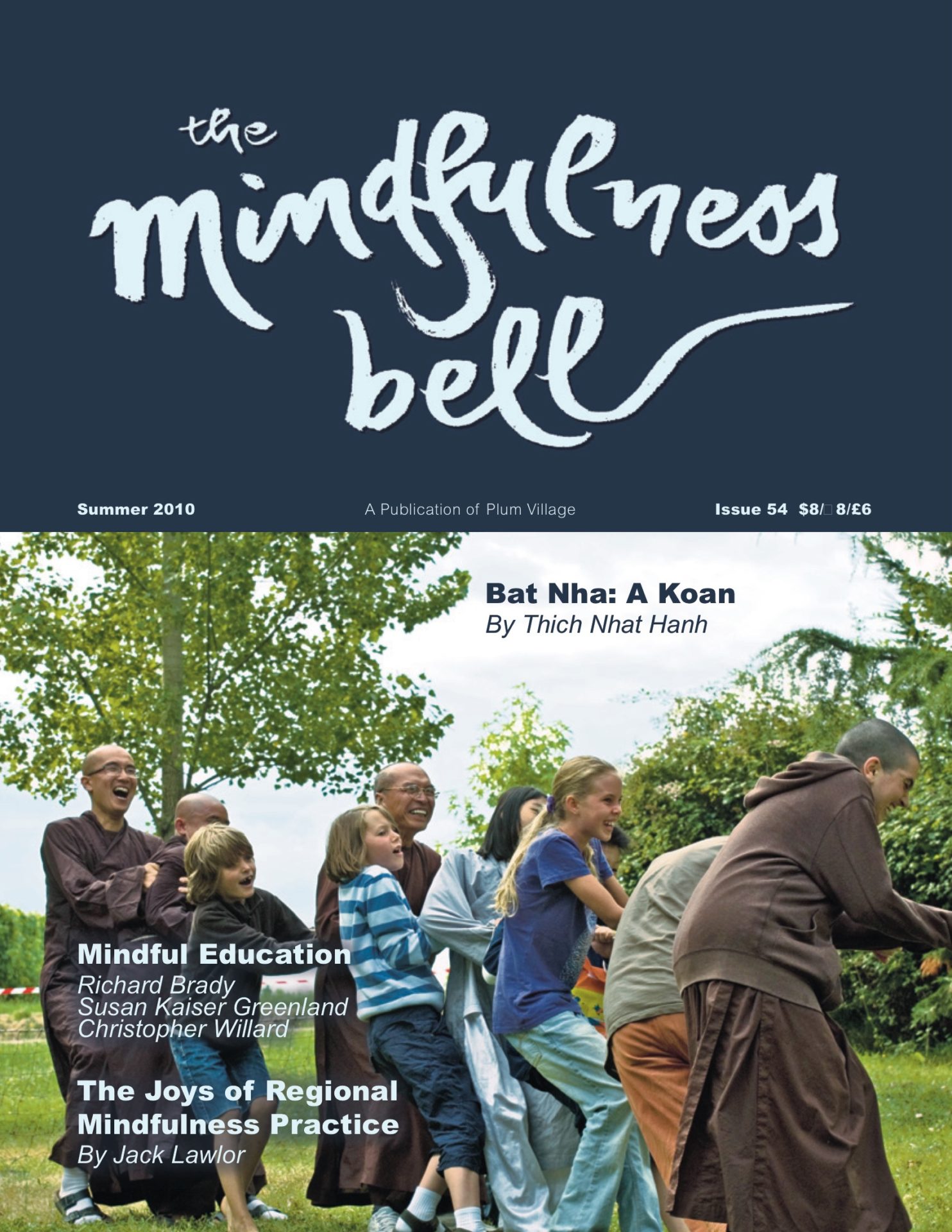By Susan Kaiser Greenland
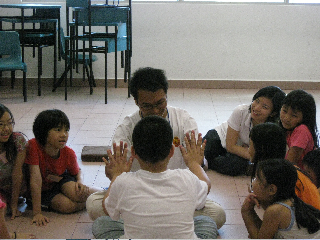
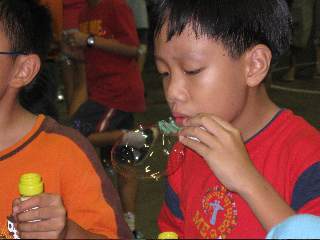
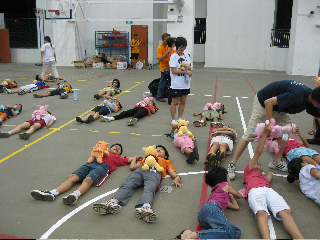
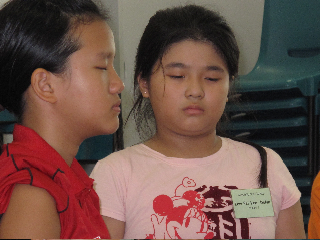
In classes with kids, I hold up a Quaker Oats box and ask, “What’s in here?” We get all sorts of answers, from Quaker Oats to lizards to spiders to candy. But we come down pretty quickly to the fact that we don’t know what’s in it. And it’s not always comfortable to sit with not knowing.
By Susan Kaiser Greenland




In classes with kids, I hold up a Quaker Oats box and ask, “What’s in here?” We get all sorts of answers, from Quaker Oats to lizards to spiders to candy. But we come down pretty quickly to the fact that we don’t know what’s in it. And it’s not always comfortable to sit with not knowing.
I like to help children become more comfortable with not knowing, to approach it with curiosity, an open mind and an open heart. We start to think about how our bodies feel when we don’t know something and we feel we should. Very often we feel a clutching in our body, in our throat for instance, or our heart races. By encouraging kids to notice how their bodies feel when they don’t know something, and wish they did, we’re building an awareness that helps them identify what’s happening in their inner and outer worlds. Do they look with an open mind, with curiosity, with as little fear as possible, with the perspective of the friendly, impartial spectator?
The next question is extremely important. Once you’ve looked at something, what do you do about it? After looking, we develop a capacity to respond to what we see, in a way that is both in our own best interests, and also kind and compassionate to all those involved. As we better understand interconnection and change, we’ll understand that what’s compassionate for all involved is also in our own best interest.
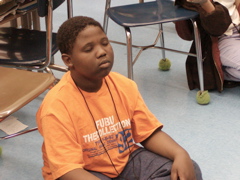
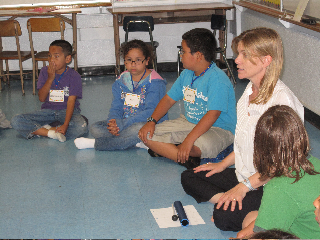
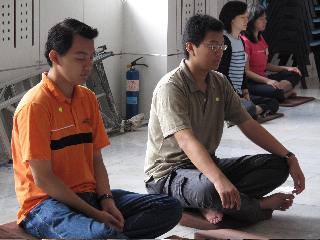
Clear Seeing
Everyone in education is looking for the magic wand. One thing that comes close, for me, is clear seeing, a concept deeply embedded in traditional Buddhism. For kids it’s clearly seeing what’s happening, as it’s happening, without an emotional charge. Then they’re able to respond with compassion.
I love this quote: “Rowing harder doesn’t help if it involves moving in the wrong direction.” How often have we worked so hard at something, and it’s just the wrong thing to be working at? The only way we can figure that out is if we learn to clearly see, without an emotional charge. That requires us to step back from experience before we dig in and start trying to fix it.
This is how mindfulness is used in real life situations. You see a child who is upset calmly take a breath, settle down, and use calming skills to settle the mind and see things more clearly. Sometimes it takes quite a while. They get upset again, they get excited again; that’s normal. We use our calming skills over and over again.
The Hello Game
We start every class with the Hello Game. Kids say “hello,” and look at the color of each other’s eyes. It’s a terrific practice that helps kids really look at somebody else in a way that’s not emotionally charged. This grounds what we’re doing in the practice of mindfulness. Children start to notice and identify what’s happening in their minds and bodies when they look at people closely. They start to recognize their mind-body reactions to social exchanges. It is rare for people to really look at each other without bias, with an open mind. Kids can learn to see the value of gentle curiosity in the friendly, impartial spectator.
The Whole Child
We work to integrate the whole child. We start with the body, and then the mind (thoughts), and the heart (emotions and worldview). Mindful awareness can’t leave any of these three elements out: body, mind, and heart.
Also important for kids is integration of left hemisphere/right hemisphere processes. We use mindful awareness to integrate right hemisphere creativity and left hemisphere analytical or linear processes. That’s very important in today’s school system, which is tilted toward traditional left-brain processes: memorize information, analyze data, report back.
How do we teach kids about non-conceptual experience? One example is a movie I show about a fabulous Ferris wheel on the Santa Monica pier. It has 180,000 lights, each one powered by wind and sun. It took a really smart left-brain processing person to figure out how to make those lights, but also somebody with right-brain creative skills to come up with a beautiful work of art that lights up the Santa Monica skyline.
Mindfulness can, through focused awareness practices, build left-brain concentration skills, and also more holistic, right-brain skills. But that’s only the first part, because mindful awareness is more than the sum of its parts. It’s also about getting on that Ferris wheel, strapping yourself in, and taking a ride. It’s fully experiencing the present moment the best you can. It’s taking that ride through the integration of the left brain and the right brain.
There’s been a lot of research about mindfulness, with scientists picking it apart into “concentrated attention” and other elements. When we bring mindfulness practices into a school, we need to show how we combine all these elements to teach a certain way of being, a felt sense of experience that is more than the sum of its parts. That’s why it is so important that those who are teaching mindfulness practice it, know it themselves from experience. They have to embody it.
Friendly Wishes
Along with attention, you must have kindness and compassion. To teach that, we start with what we call “friendly wishes.” It’s basically the metta practice. The traditional instruction is to send friendly wishes to yourself, to people you like, to your friends or family, then to your enemies, and then to the whole world. But that’s awfully abstract for little kids, so we start with friendly wishes to me, and then friendly wishes to people I know. If I have enough time I’ll start with people in the room, and then people we don’t know, and then everyone and everything. It’s important to give examples each time.
After they’ve done it for a while, I ask kids, “Who do you send friendly wishes to?” They say, “I send friendly wishes to me,” and I post that on the board. Then we post “grandma and grandpa,” “the farmer,” and “my sister.” Then we go through the animals. “The frogs.” “The bunnies.” “Cats.” Then I say, “What kind of things do we send friendly wishes to?” “The sun, the corn, the breakfast cereal, the rain.”
Four-year-olds can understand how these things relate. One of the fundamental pieces in mindfulness training is teaching people about interdependence. That helps explain why it makes perfect sense to be compassionate to everyone involved, and to pay attention. A child will say, “The rain is connected to the corn because it makes it grow.” Somebody else will say, “Grandma is connected to the corn because she makes the cornmeal.” Then they’ll say, “And we eat the corn!”
Metta for Enemies
For years I stayed from away from the traditional metta practice, which includes sending friendly wishes to enemies, because I am extremely sensitive to the violence in the world. I read that one in five children in the U.S. has been a victim or a witness of domestic violence. I was recently told by a trauma expert that the number is one in three. I didn’t want to encourage kids to end friendly wishes to people who were hurting them.
But recently, Mathieu Ricard, who is one of my heroes, encouraged me to figure out a way to include friendly wishes for people we really don’t like. He had some ideas, which I have tried, and it has been feeling safer to me. I still don’t practice this with young kids, but I do practice it with older kids in elementary schools.
It’s wonderful to see how powerful these practices can be for kids. There’s no magic wand, but clearly seeing and responding with compassion for yourself and others does have a magical quality. What’s amazing is how many kids take this home to their parents, and how many parents report back that the kids are singing the breathing song in the back of the car.
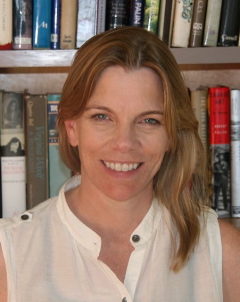
Susan Kaiser Greenland develops mindfulness programs for children, classroom teachers, parents, therapists, and health care professionals. She is co-founder of InnerKids and is on the clinical team for the Pediatric Pain Clinic, UCLA’s Children’s Hospital. This article was excerpted with permission from the Insight Journal, Winter 2010 (www.dharma.org/bcbs).

